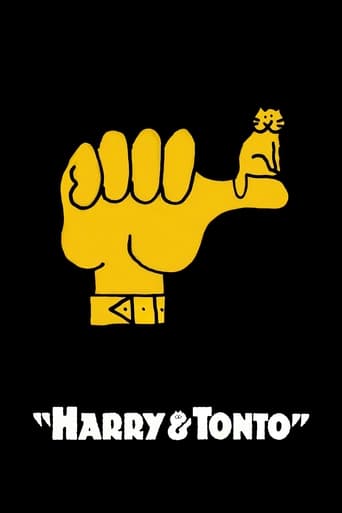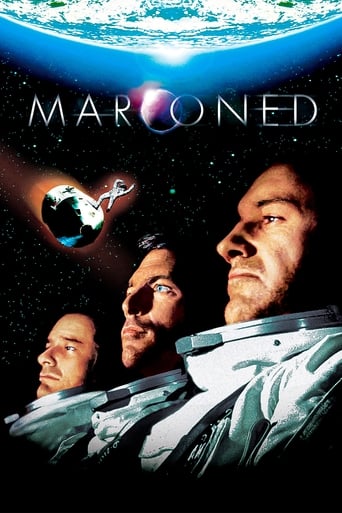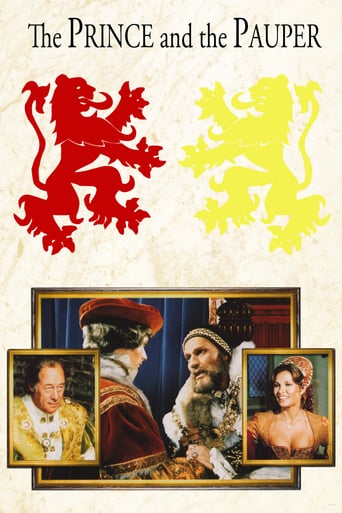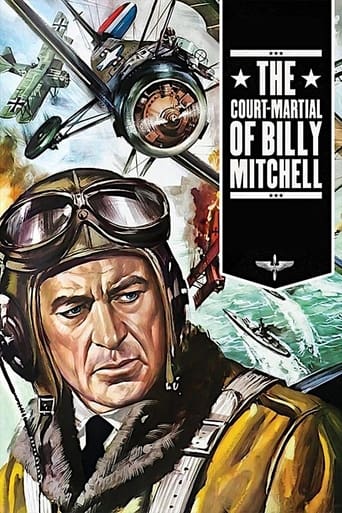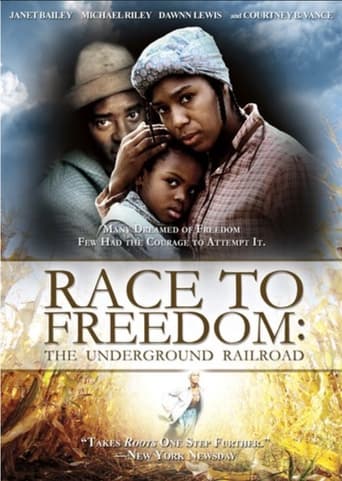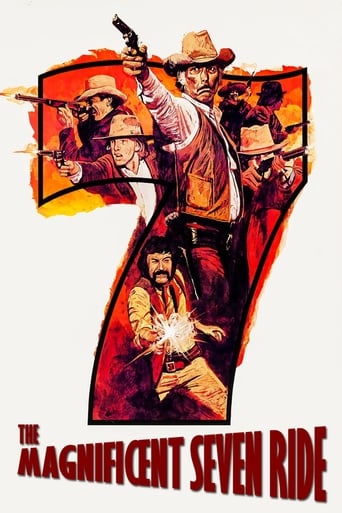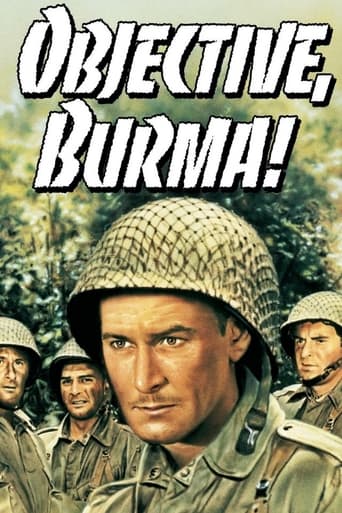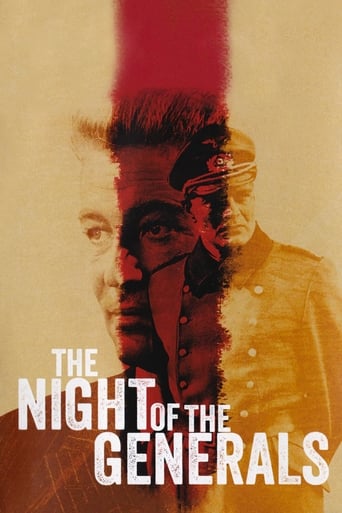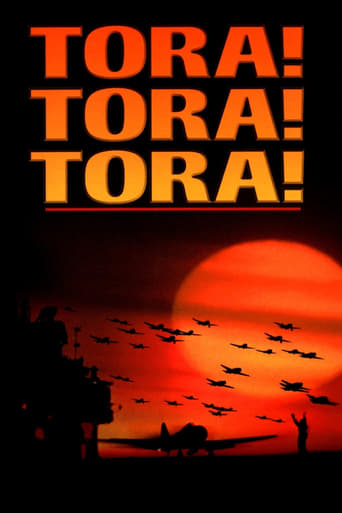


Tora! Tora! Tora!
In the summer of 1941, the United States and Japan seem on the brink of war after constant embargos and failed diplomacy come to no end. "Tora! Tora! Tora!", named after the code words use by the lead Japanese pilot to indicate they had surprised the Americans, covers the days leading up to the attack on Pearl Harbor, which plunged America into the Second World War.
-
- Cast:
- Martin Balsam , Sō Yamamura , Joseph Cotten , Tatsuya Mihashi , E.G. Marshall , James Whitmore , Takahiro Tamura


Similar titles
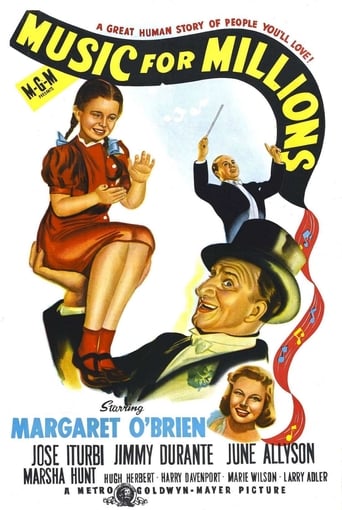
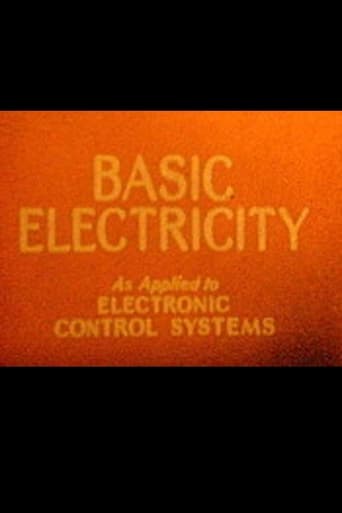
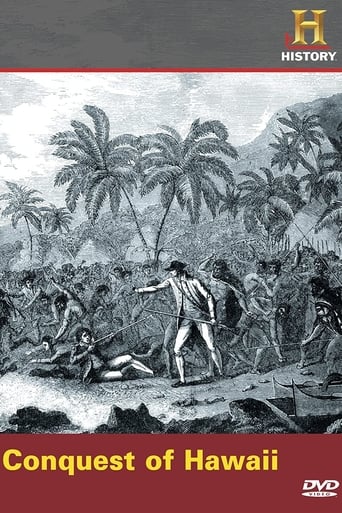
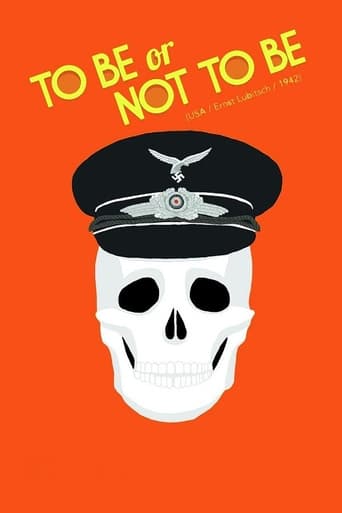
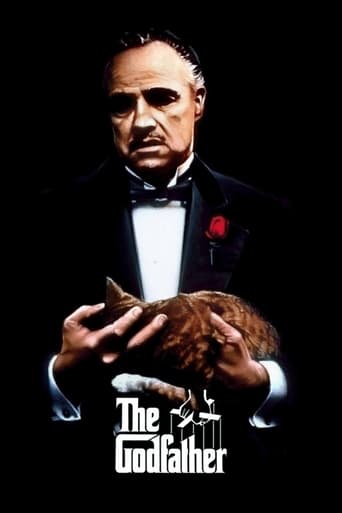
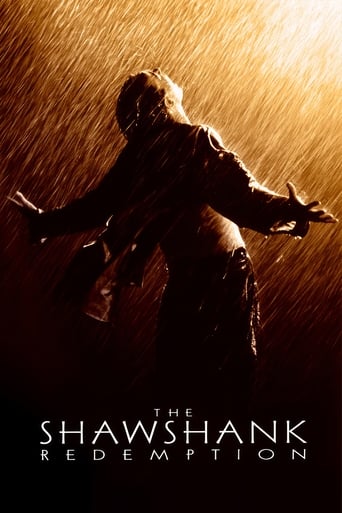
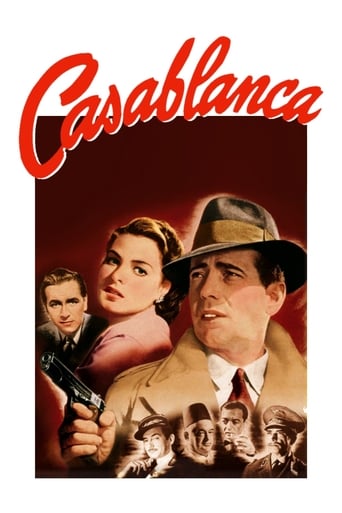
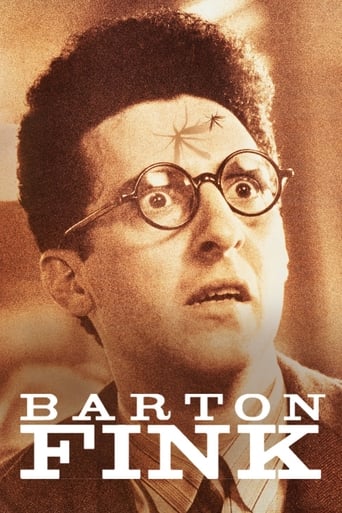
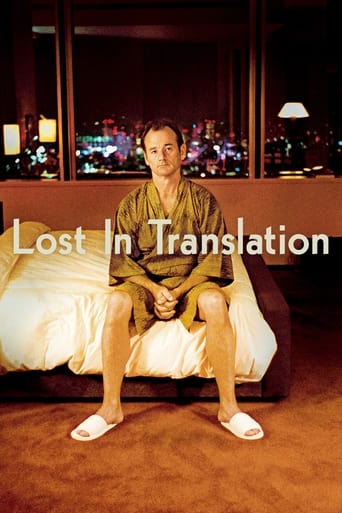
Reviews
Good movie but grossly overrated
good back-story, and good acting
Brilliant and touching
It's a good bad... and worth a popcorn matinée. While it's easy to lament what could have been...
It takes some courage to take an event that is such a wound to the psyche of the American people and give it an alternative perspective. This is not to accept the motivations of the Japanese Empire, but it gives a reasons for why Pearl Harbor happened. I'm hoping that contemporary society doesn't use the insipid movie "Pearl Harbor" as a benchmark for an understanding of this event. We all know that at some point, someone dropped the ball. It would have been surprising if someone had not. There were too many cooks and an arrogance that left the door open. Through some excellent research, the producers have allowed us inside the planning stages that led to the bombing. There was plenty of warning. There were just too many layers here. As this film goes along it accomplishes what every film aspires to. It makes us think we are watching actual historical figures in action, in a kind of documentary.
"Tora Tora Tora" is one of the best war movies & historical dramas ever made. It has the ability to create an incredible tension, as events leading up to the attack unfold; which is all the more remarkable for a rather straightforward retelling of a historic event that everyone has at least a passing familiarity with. "Tora" is actually 2 movies in 1. The Japanese side, filmed in Japan using Japanese actors & crew, and the American side. Producer Elmo Williams & director Richard Fleischer then edited them together, showing the unfolding events as seen from both Japanese& American eyes. Reading the backstory of this production, I found out that 20th Century-Fox's Darryl Zanuck had been interested in this project back to the time he made "The Longest Day", but several issues(including Zanuck's celebrated "Cleopatra" that nearly bankrupted the studio) kept it in "project" stage for years. Also, Japan's premier film director Akira Kurosawa (best known for "The Seven Samurai") was originally engaged in writing & directing the Japanese portion. Considering Kurosawa's immense talent, it's odd that reportedly both Richard Zanuck (who took over running Fox from his father) and Elmo Williams were hugely disappointed with the rushes that were arriving from Japan. According to several credible sources, Kurosawa shot hours of footage, but Fox found they couldn't utilize any of it! Apparently Kurosawa was given large reign over writing the Japanese storyline, and took it off in directions Fox didn't like. Finally Kurosawa was fired, and they brought in a couple of journeymen directors to get the story in the can! One of the things which made for such realism was the Japanese built 2 life-size ship models/sets - of the carrier "Akagi" & the battleship "Nagato" (respectively, Nagumo's and Yamamoto's flagships) for filming key scenes. I've read where these 2 huge models became big tourist attractions while the Japanese sequences were being filmed. They were built right on a beach so that in the distance the ocean would be seen. I've been unable to find out definitively what happened to these giant sets, but I assume they were broken-up after filming was completed. I recall that in an issue of "Sea Classics" magazine after the movie's release it was reported that some of the large models of U.S. battleships used in the filming (in the 25-30 foot range) were being auctioned off. For the USS Arizona, they actually built a full-scale mock-up of the stern of the battleship, which was placed in "battleship row" not far from the Arizona Memorial."Tora" also benefited from being made near enough in time to WWII that many old U.S. aircraft could be used in the film, and many old prop trainers were modified to serve as Japanese types. The special effects still hold up rather well, considering this was pre-CGI. I found many of the attack sequences (esp. those on the airbases) more convincing than the CGI used in 2001's "Pearl Harbor"! And, as far as story goes, there's simply no comparison. "Tora!" is realistic, and yet does manage to briefly show the exploits of the 2 real Army Air Force pilots who managed to get airborne and down some Japanese planes (Lts Welch and Taylor). There's no Ben Affleck & Josh Hartnett dogfighting among the battleships' masts or airfield hangers, or playing "chicken" with each other to lead Japanese planes to crashing into one another! Special credit must go to the "ensemble" character of the cast. Fox avoided making a "spot the star" picture, such as their own "The Longest Day", and concentrated on character and story. Some quality old actors (such as George Macready, Joseph Cotton, and Leon Ames), "secondary types" such as Martin Balsam, Jason Robards, and James Whitmore; and stalwart character actors like E.G. Marshall, Wesley Addy, Frank Aletter, Richard Erdman, Richard Anderson, Neville Brand, and many more. While many of the actors bear no more than a passing resemblance to their real-life counterparts (such as Balsam to Adm. Kimmel), George Macready is very close to Secretary of State Cordell Hull, as are the Japanese actors who play opposite him as Ambassadors Nomura and Kurusu. One of the best-rendered and powerful scenes is where Hull receives the Japanese ambassadors just after he gets word of the Pearl Harbor attack. He gives them an icy dressing-down, then folds his hands and stares down at his desk as the Japanese depart. Another is the much-remembered scene at the end where Admiral Yamamoto points out to his assembled officers that the attack came 55 minutes BEFORE Japan's declaration was delivered in Washington, and tells them that he "fears all they have done is to awaken a sleeping giant and filled him with a terrible resolve." The movie ends with a somber restating of the main theme, showing a troubled Yamamoto gazing out over the sea, then dissolves to the flaming, smoking wrecks at Pearl Harbor, as the end credits role.Composer Jerry Goldsmith, one of the true "greats" of Hollywood, must get much credit, as well. Goldsmith was the master of percussion (such as his unusual but effective "Planet of the Apes" score), and used percussion to create a Japanese-themed score that helps build tension. Such music follows intel officers E.G. Marshall and Wesley Addy as they try to get someone in Washington to believe an attack on Pearl Harbor is imminent. No where is Goldsmith's mastery of setting score to scene better displayed than the final scene before intermission, where Adm. Stark (Edward Andrews) is at his desk in Washington, hesitating about whether to phone Hawaii with warning of the attack or not. We hear his desk clock ticking louder and louder as he looks down at his desk calendar with the iconic "Sunday, December 7, 1941" date, and Goldsmith adds strings, which joins with clock ticks, steadily rising to a crescendo. One of the last chances to warn the Navy in Hawaii is draining away. Dynamite filmmaking and film scoring!
I've had this film on my radar for quite some time but just got around to watching it today. One of my hesitations which turned out to be completely unnecessary was a common complaint I have with war films - they often throw in some romantic element completely unnecessary for the historical record to receive it's proper treatment. Case in point, 2001's "Pearl Harbor" which also concerned itself with the Japanese attack that ignited our engagement in World War II. With "Tora! Tora! Tora!" I was impressed with the near documentary story telling style, offering an inside look at both the Japanese and American approaches to an impending conflict.I recently happened to catch the original full version of the 1943 documentary "December 7th", commissioned by President Franklin Roosevelt to help explain what happened before, during and after the attack on Pearl Harbor. A good deal of what's shown in that film provided key elements in the subject movie being discussed, with particular emphasis on the number of Japanese living on the Hawaiian Islands. One of the military leaders mentions it here, I think it was Lt. Colonel Bratton (E.G. Marshal) but if not, please excuse. The reason I bring it up is because the film incorporates quite clearly any number of Japanese characters in civilian roles, particularly in military offices as well as domestic help, including General Bratton's own houseboy. The fear of local Japanese sabotage was always quite clearly in mind by the powers that be.The movie offered a couple of surprises, the primary one being that no stock footage of the actual Pearl Harbor attack was used in the production. I thought that might have been an element. Another surprise was that even though the President was mentioned a number of times, there was no actor employed to portray Roosevelt. I thought that was kind of interesting, particularly since FDR almost immediately convened Congress to declare war at the time. But then again, the movie was depicting the day of and not the aftermath.As far as the actual battle scenes, the recreations for the film are simply staggering in an era before CGI and mesmerizing special effects. They aptly convey the horror of war and the chilling resolve of the Japanese kamikaze pilots to inflict a mortal blow to America. Though it wasn't specifically mentioned in the picture, the actual attack lasted just ten minutes shy of two hours, and delivered a devastating blow to America's naval capacity in the Pacific. What it led to was Japanese Admiral Yamamoto's (So Yamamura) prescient observation that the Japanese Empire had awakened a sleeping giant. The march of history was about to be changed for the next seventy years.
While not every detail is perfect, I really appreciate how the makers of some historical movies try very, very hard to get it right. In contrast, many war films (such as "Midway") are shoddy when it comes to the details--such as using stock footage of planes or tanks which didn't even debut until well after the battle. And, very, very few war films try to explain the events leading up to it. This drives ex-history teachers like me nuts! However, "Tora! Tora! Tora!" is an amazing film because they tried so hard and the film feels so complete. Of course the filmmakers had to make a few adjustments--such as converting American T-6 airplanes to look a lot like Japanese planes and recreating Japanese ships because they'd all been lost during WWII. But they TRIED--and I appreciate that. And again and again, the film stresses details--details that might bore some viewers but make history nuts salivate!So why am I giving this movie a 10? After all, I almost never give such a score to a movie. In addition to the two huge pluses above, the movie excels because it does not burden itself with superfluous love stories (such as in "The Battle of Britain") nor does it give way to sentiment. It is almost like an actual recreation of events as they unfolded-- brought to the big screen in epic fashion. All in all, probably the best war film of all time because of its attention to detail, scope and accuracy.Apparently, Roger Ebert HATED this film for the reasons I loved it. He hated the detail and wanted to have the characters fleshed out more-- like a typical Hollywood production. I didn't mind its documentary-like style and as a certifiable history nut, it's the sort of film I adore!


